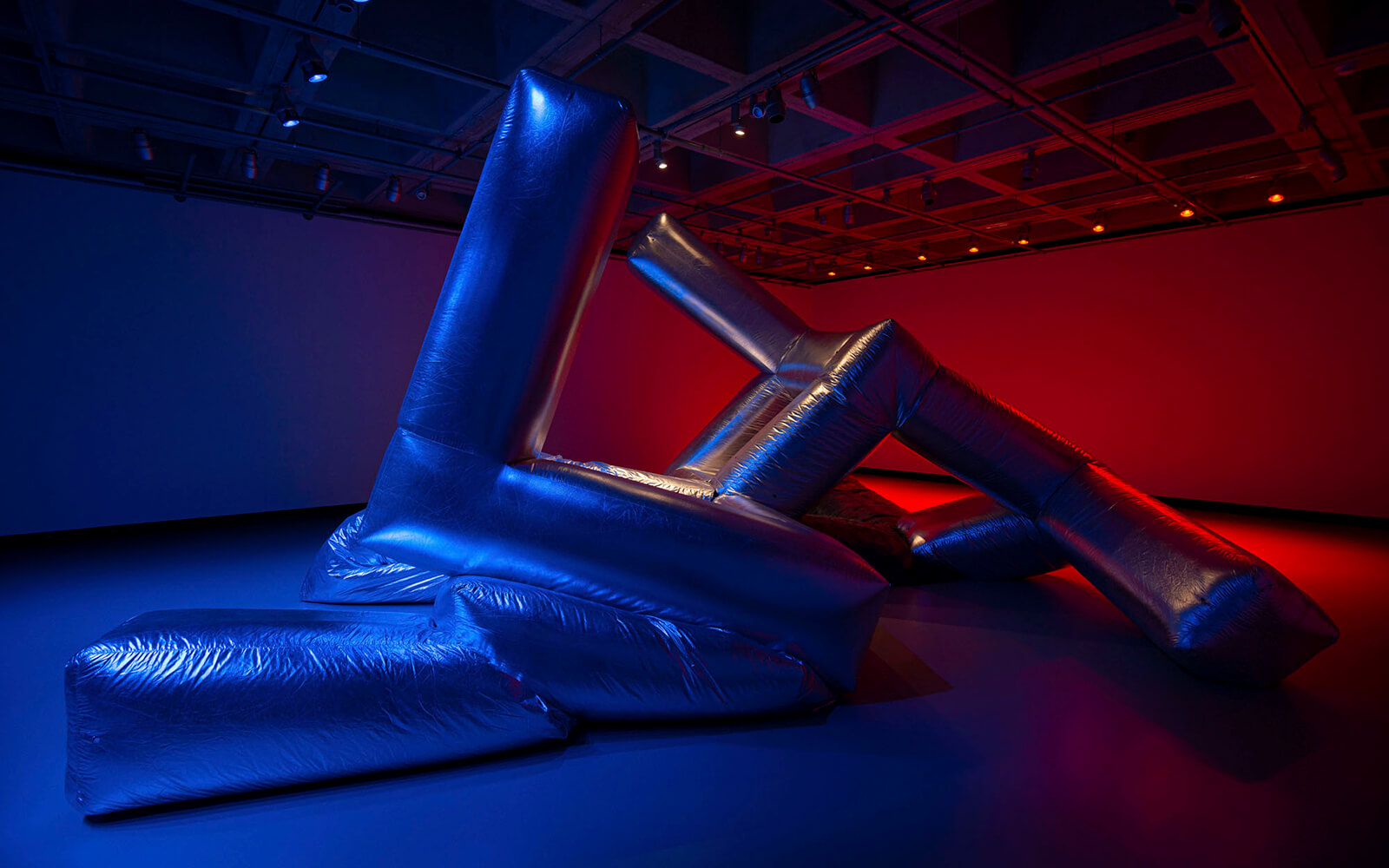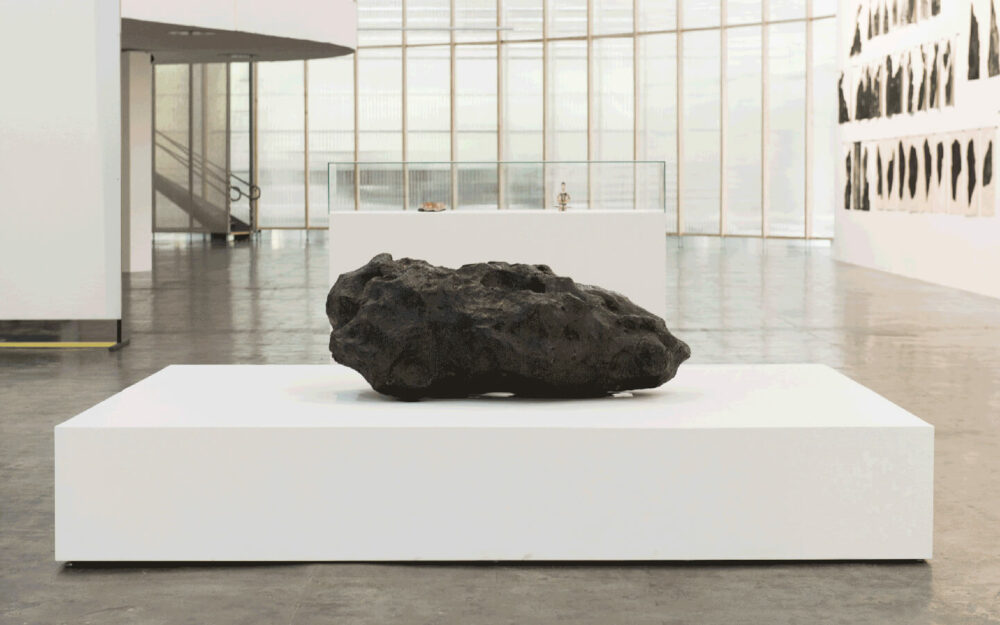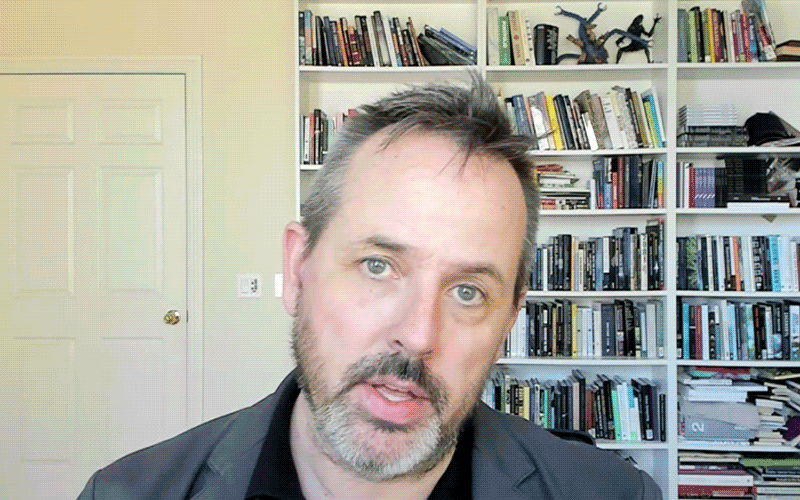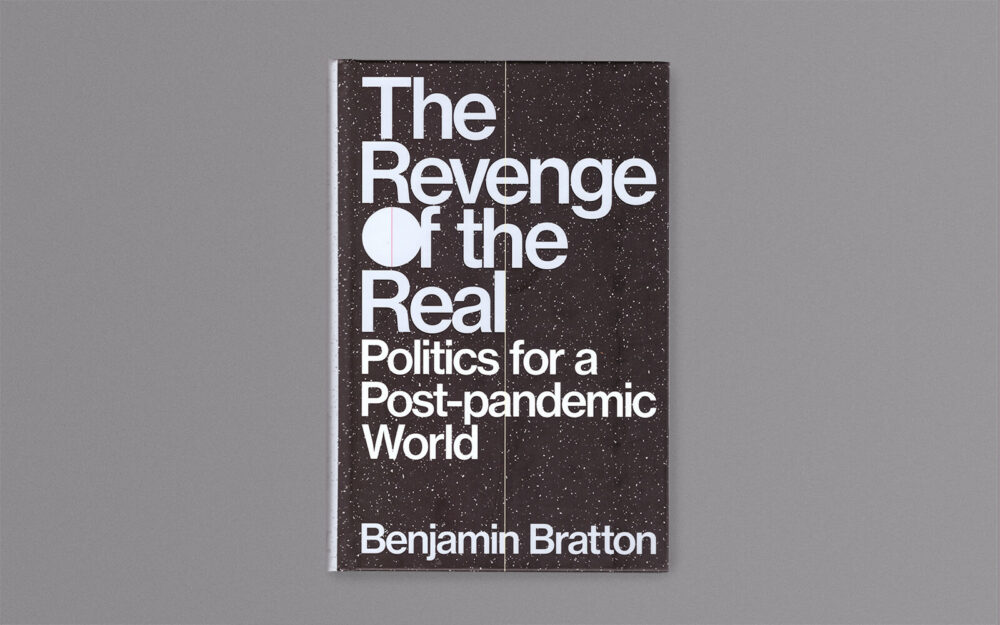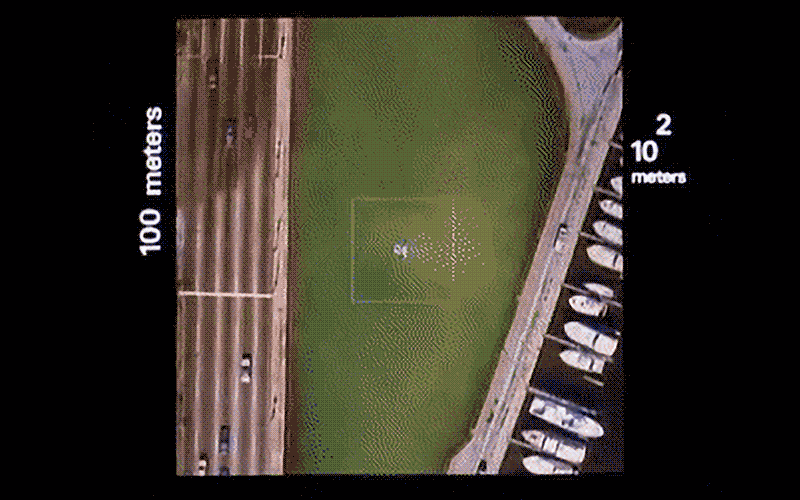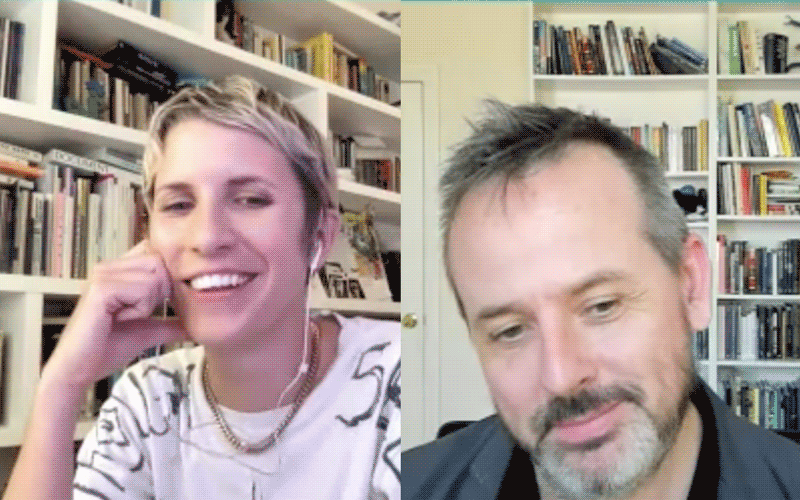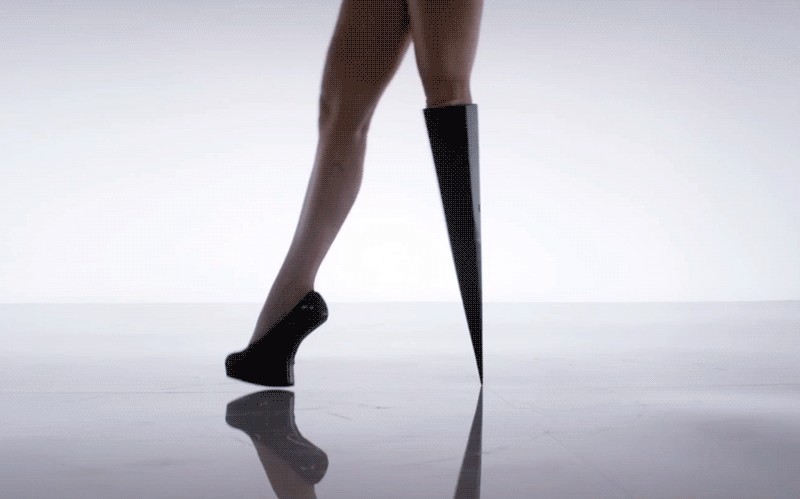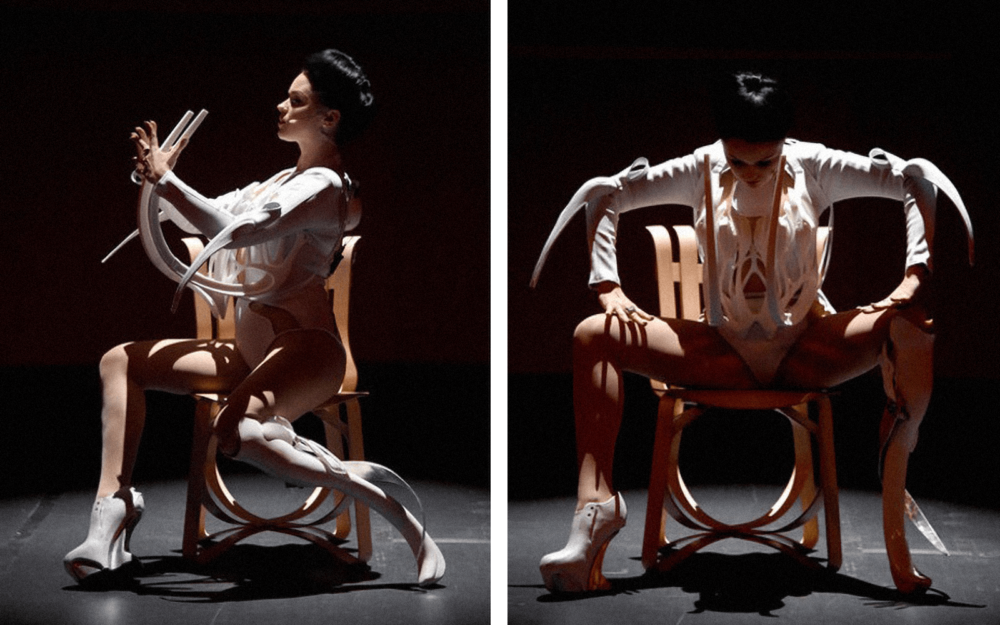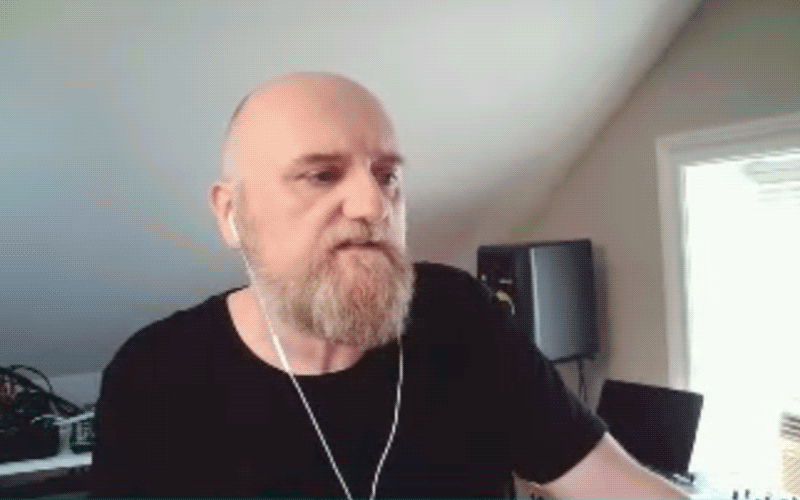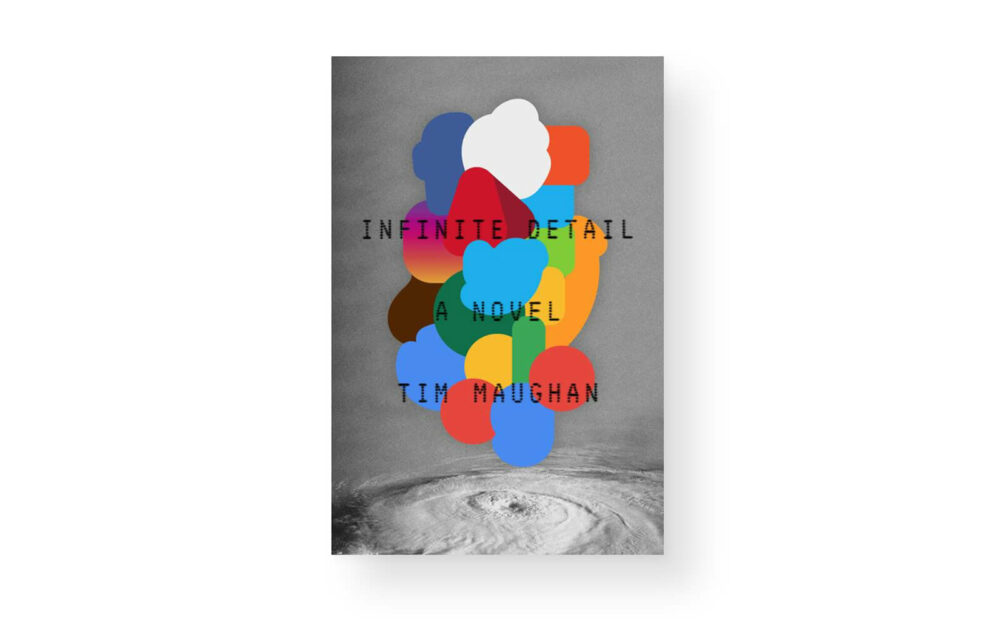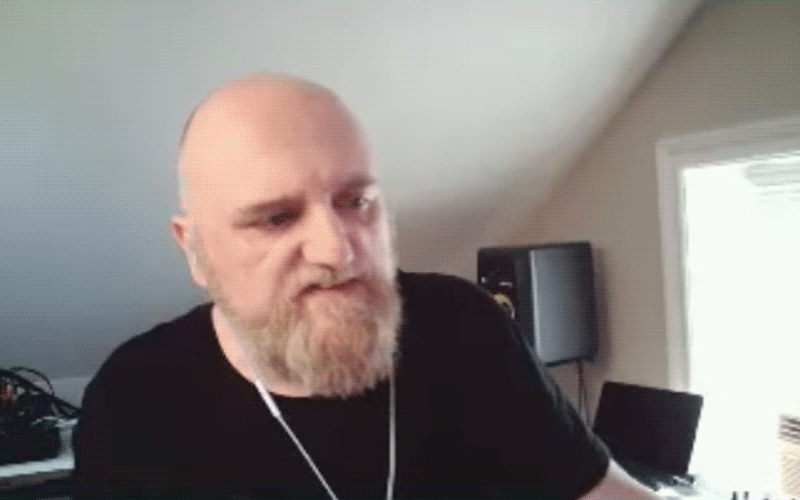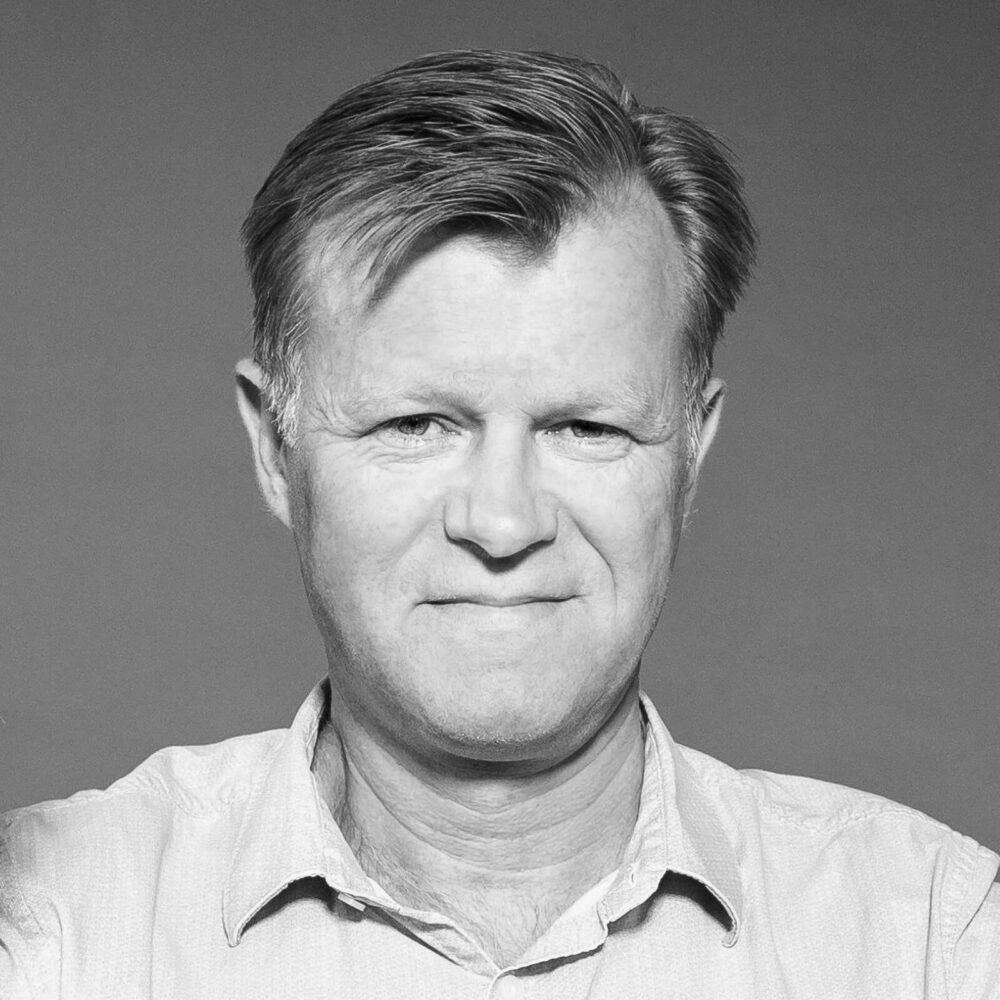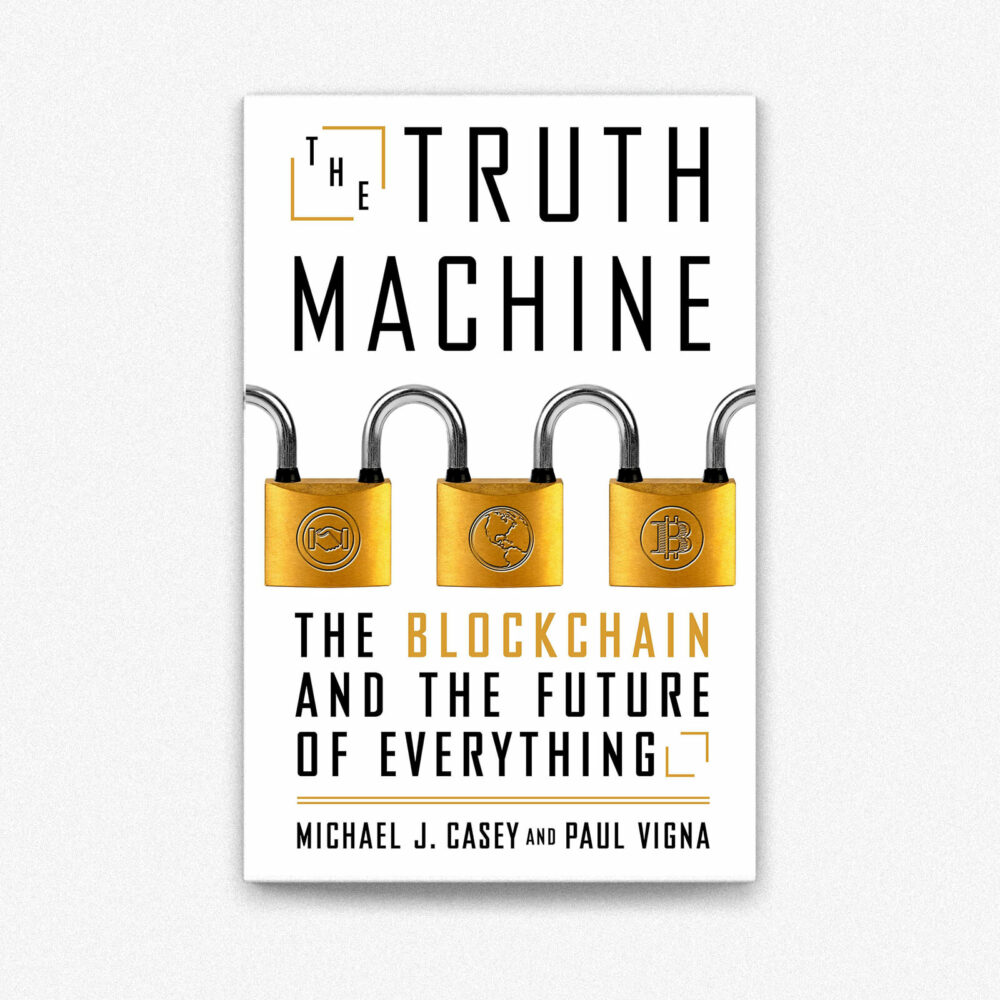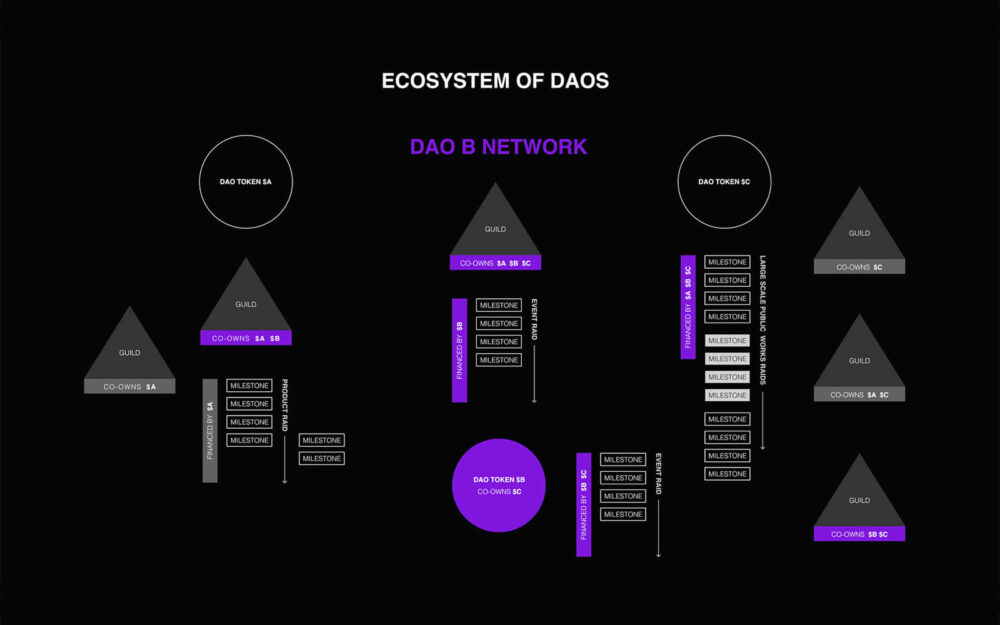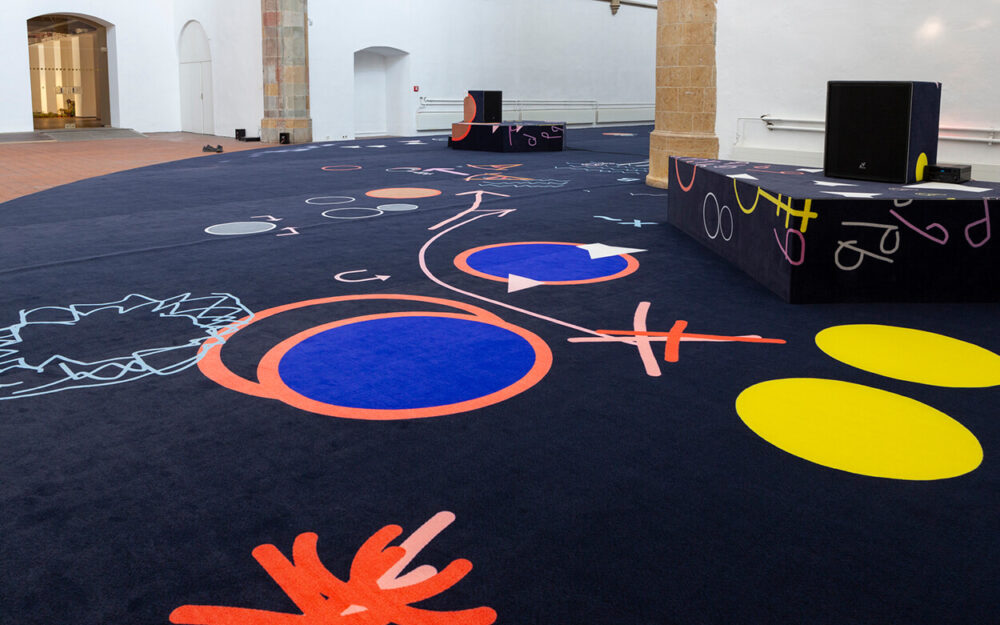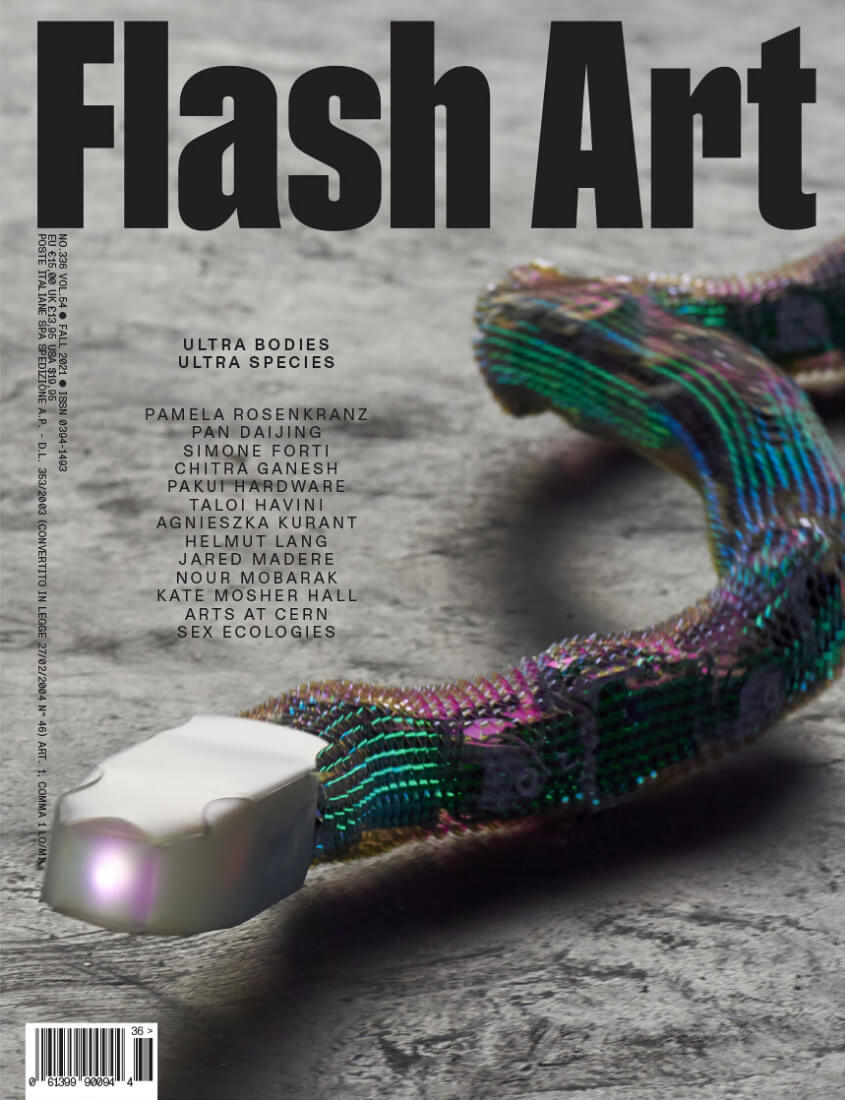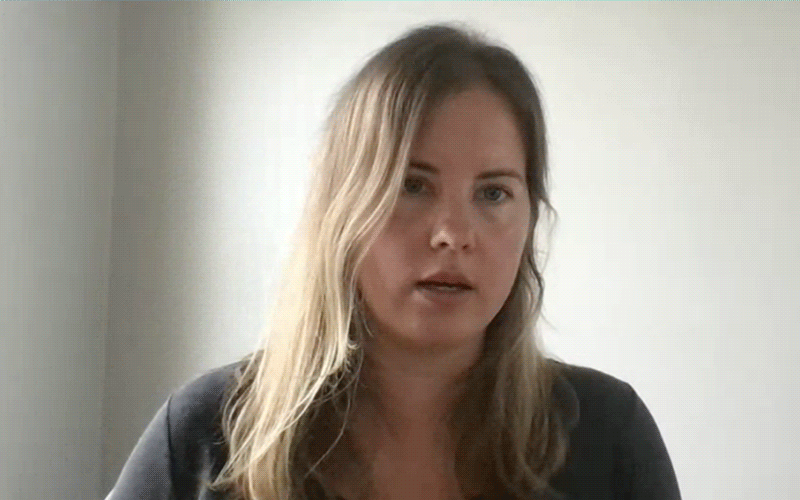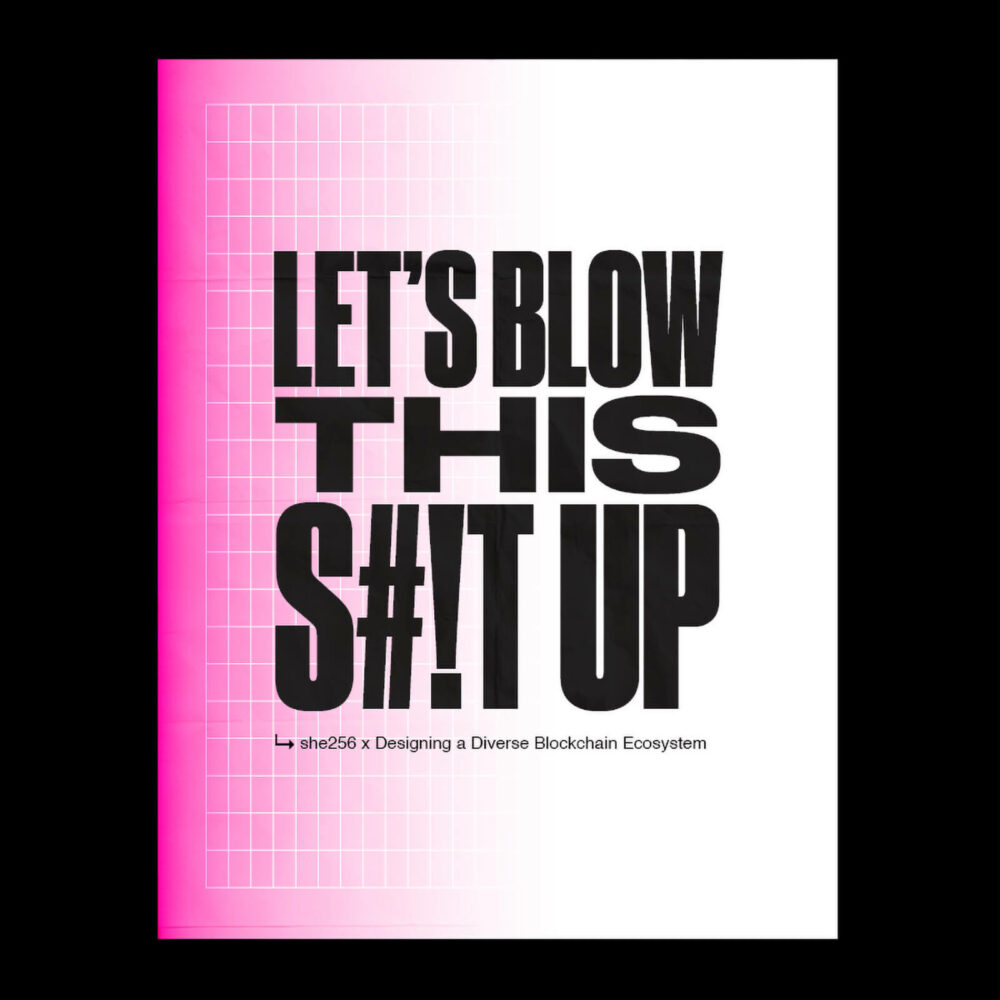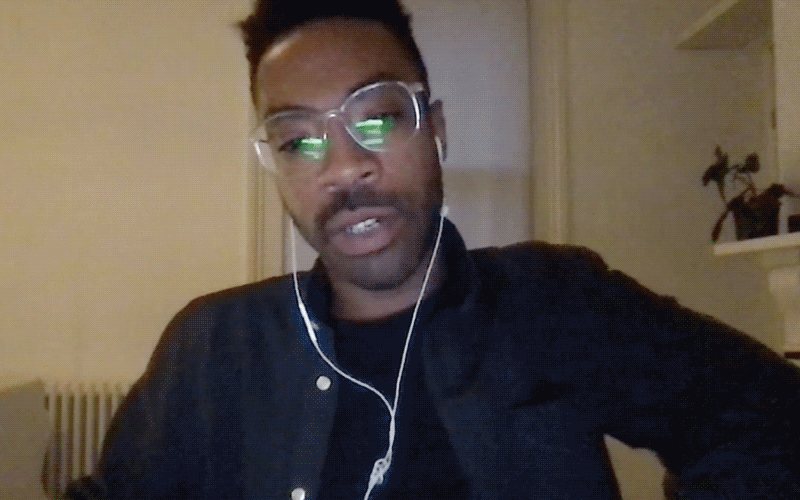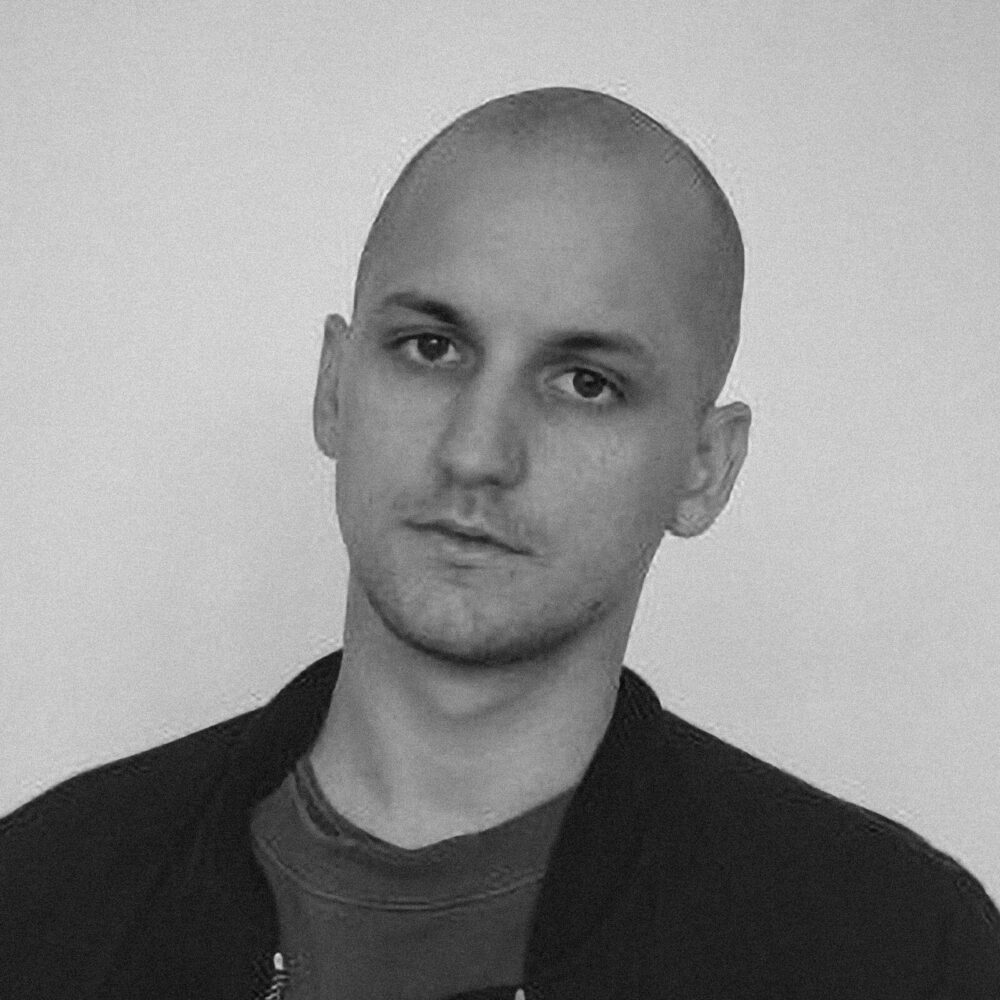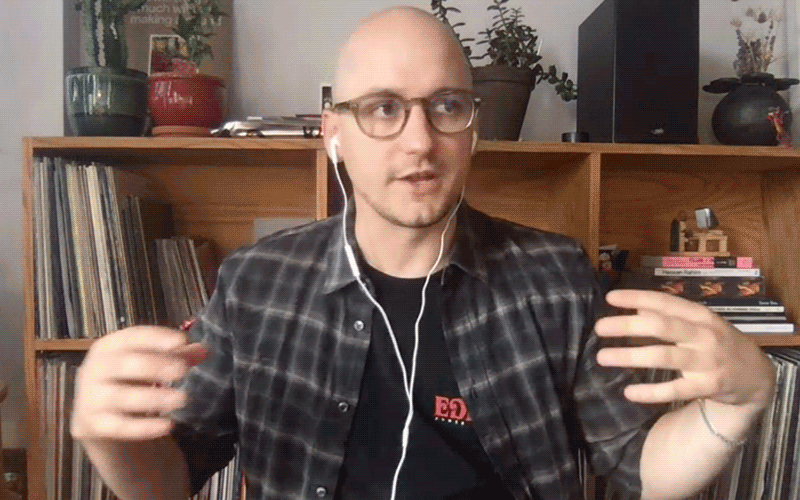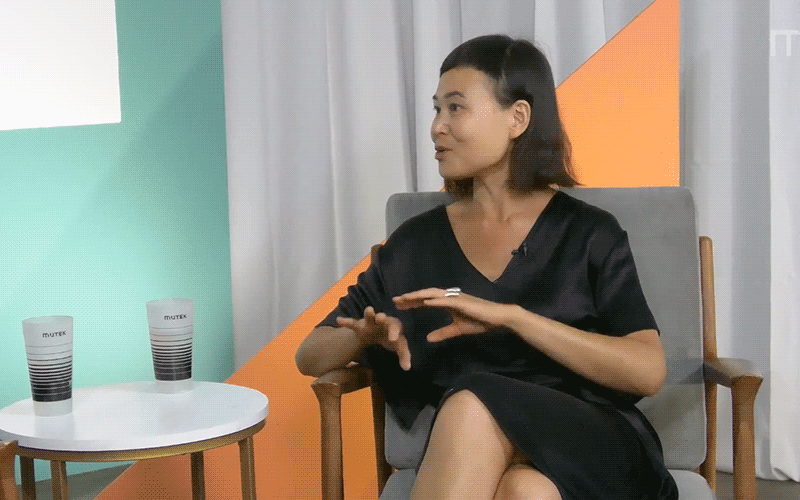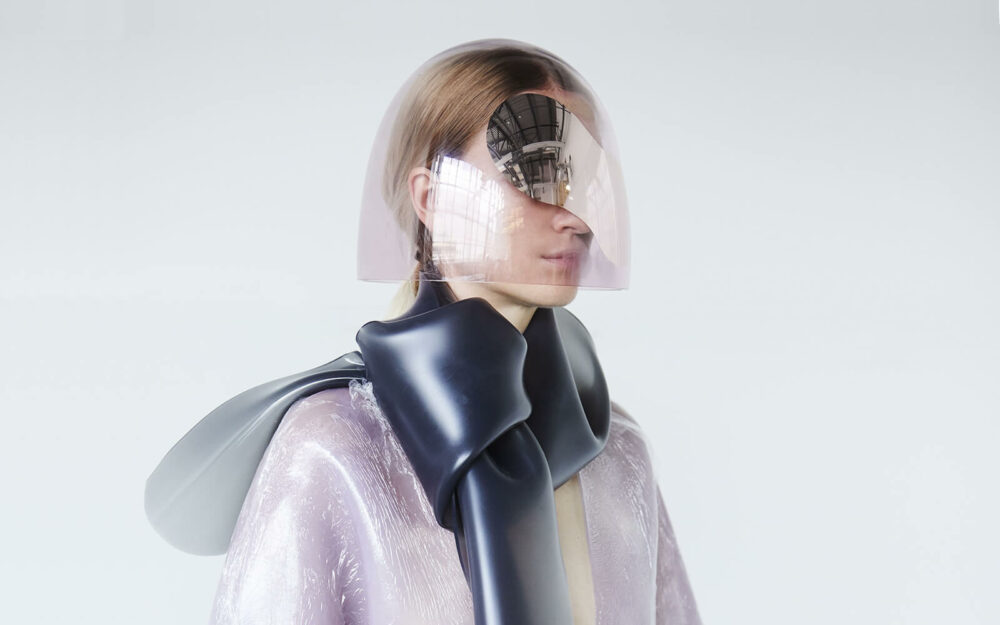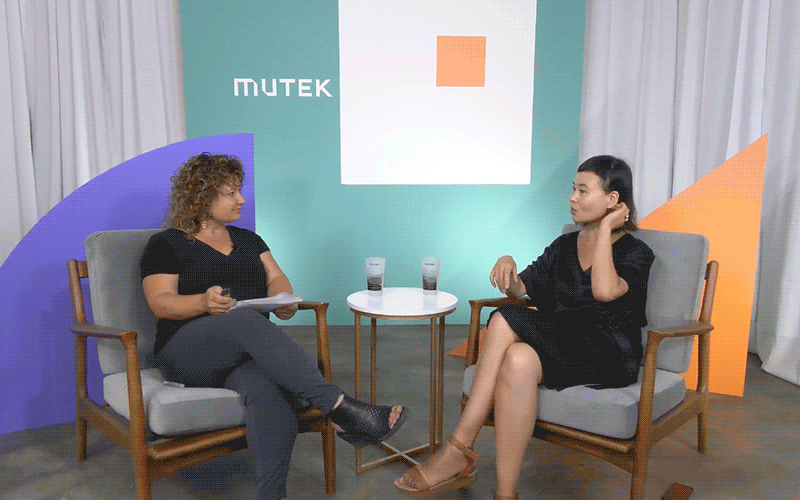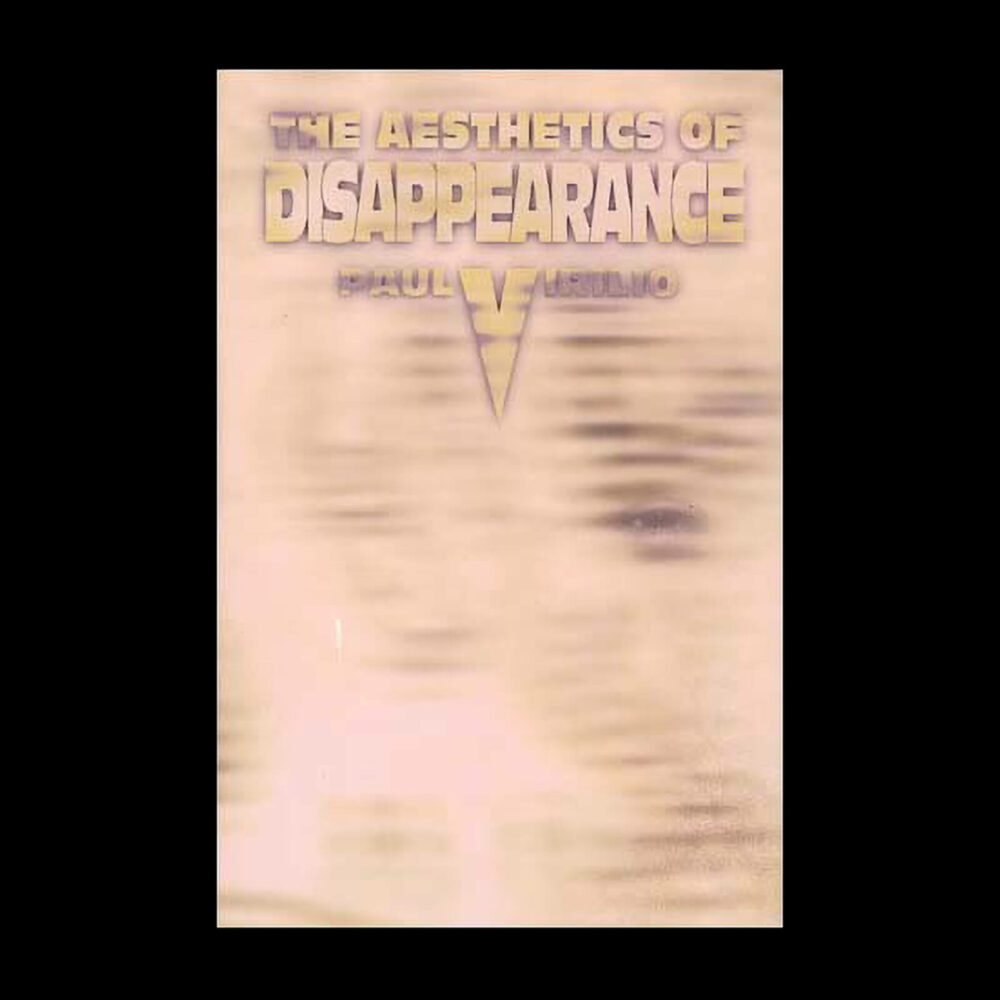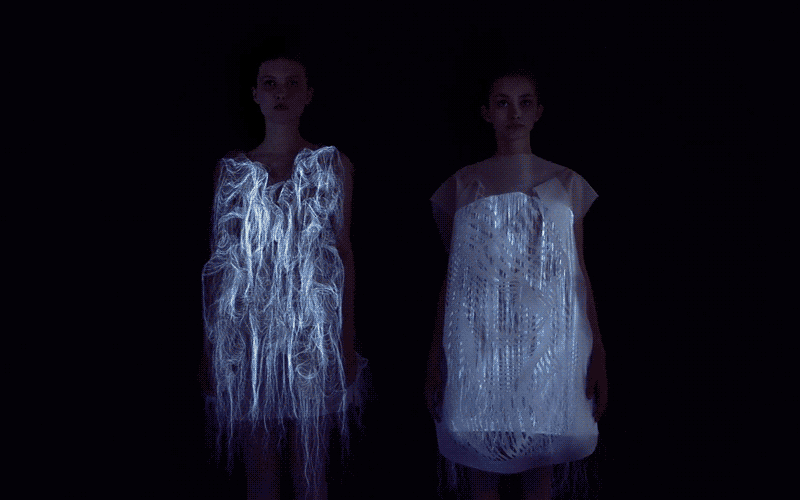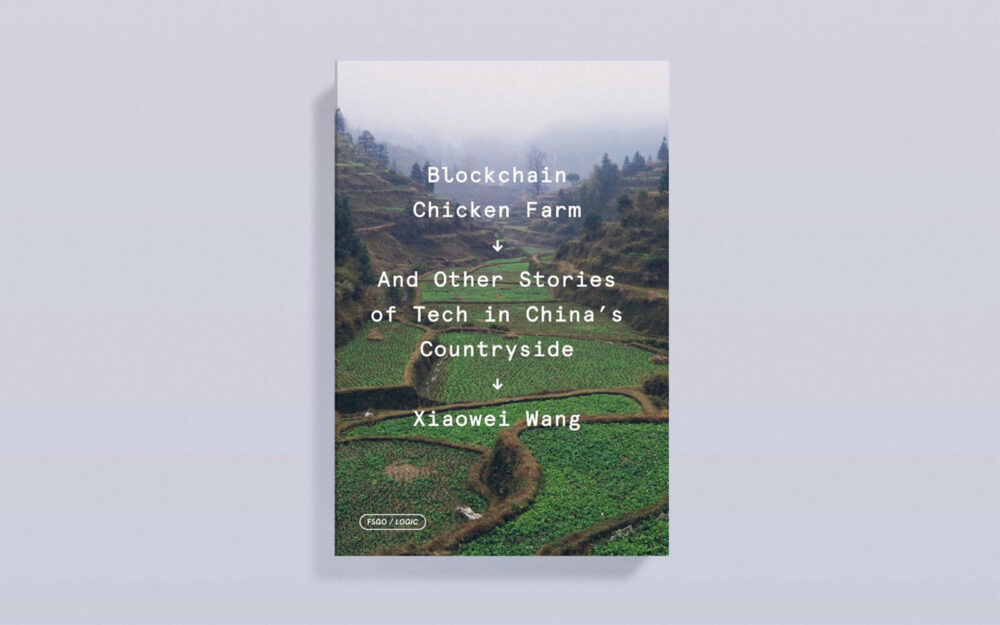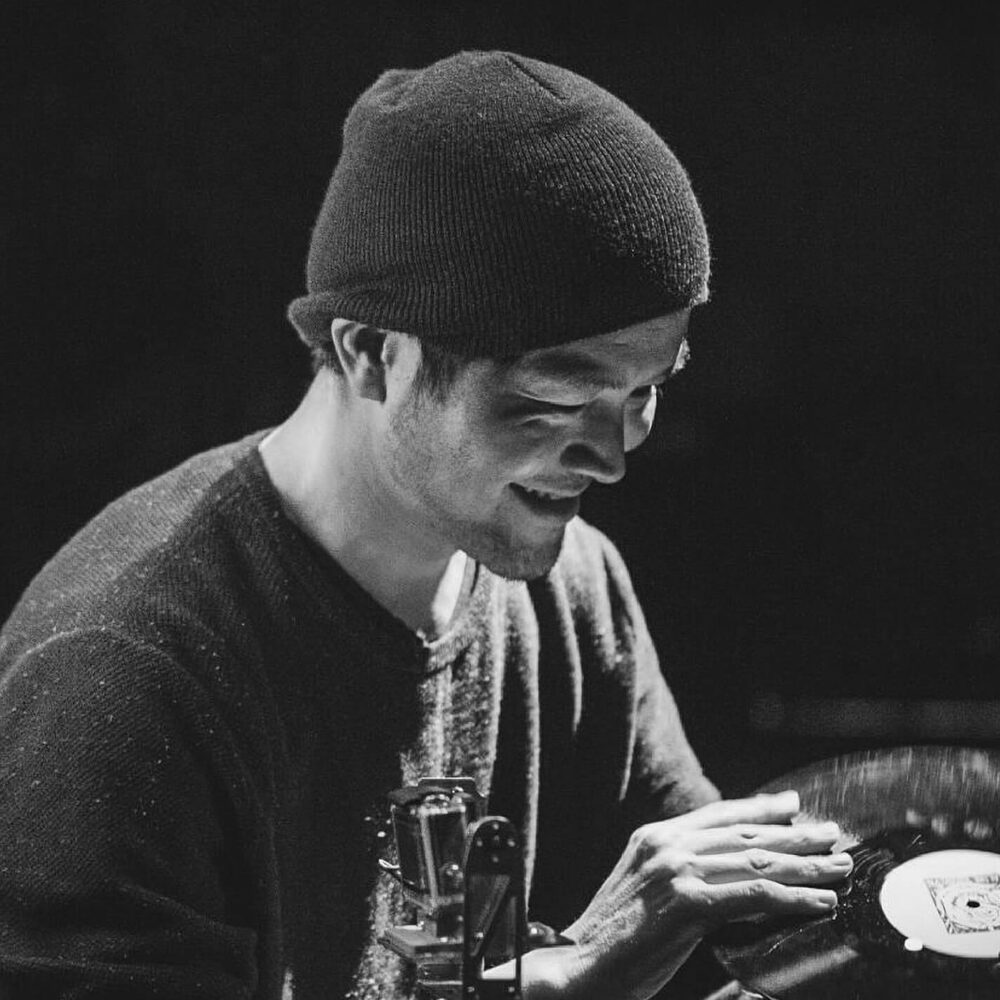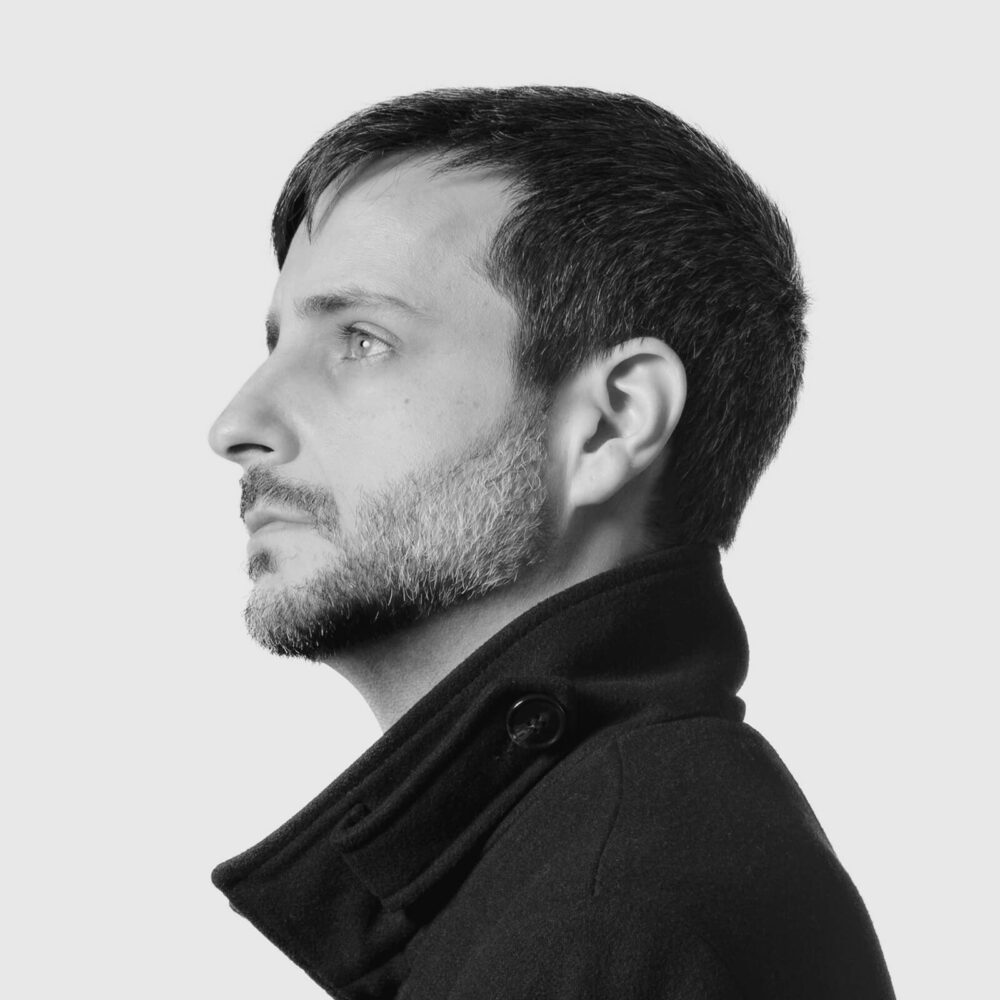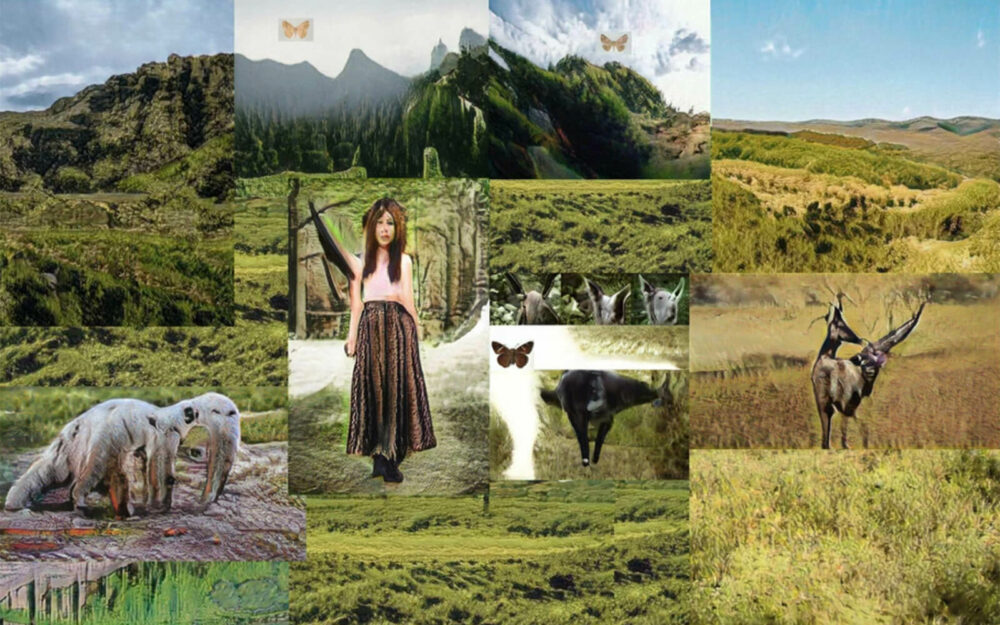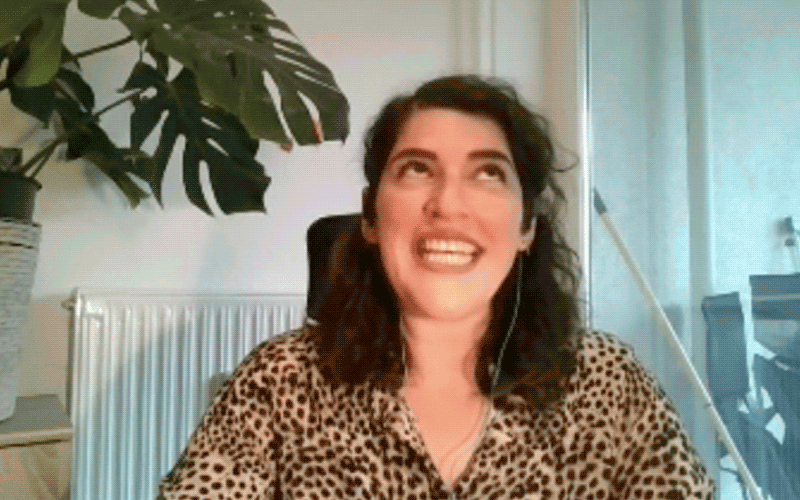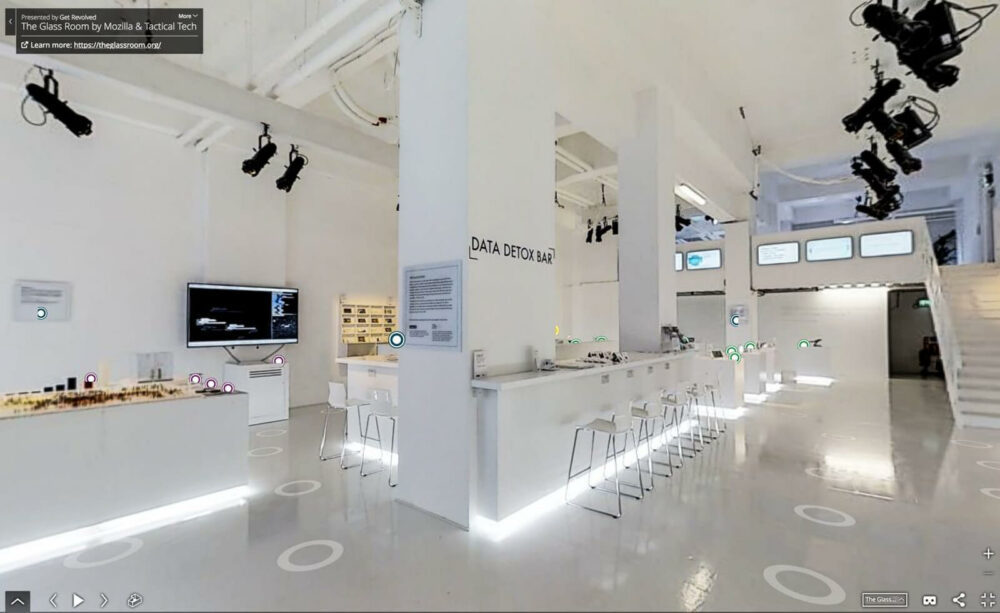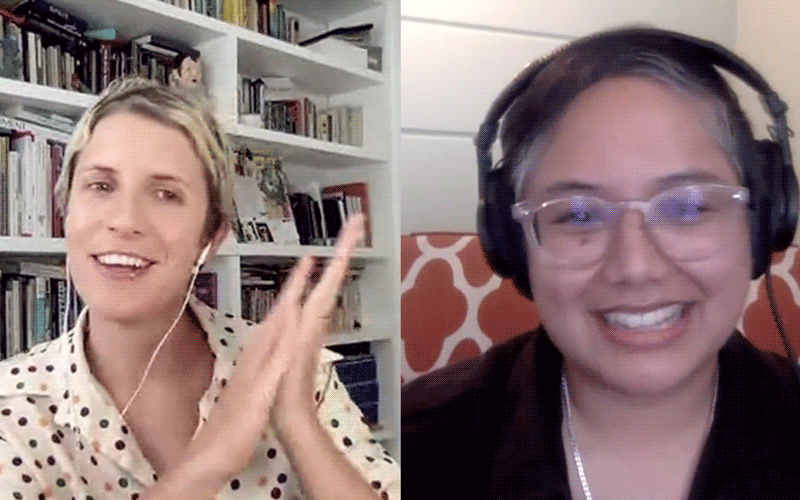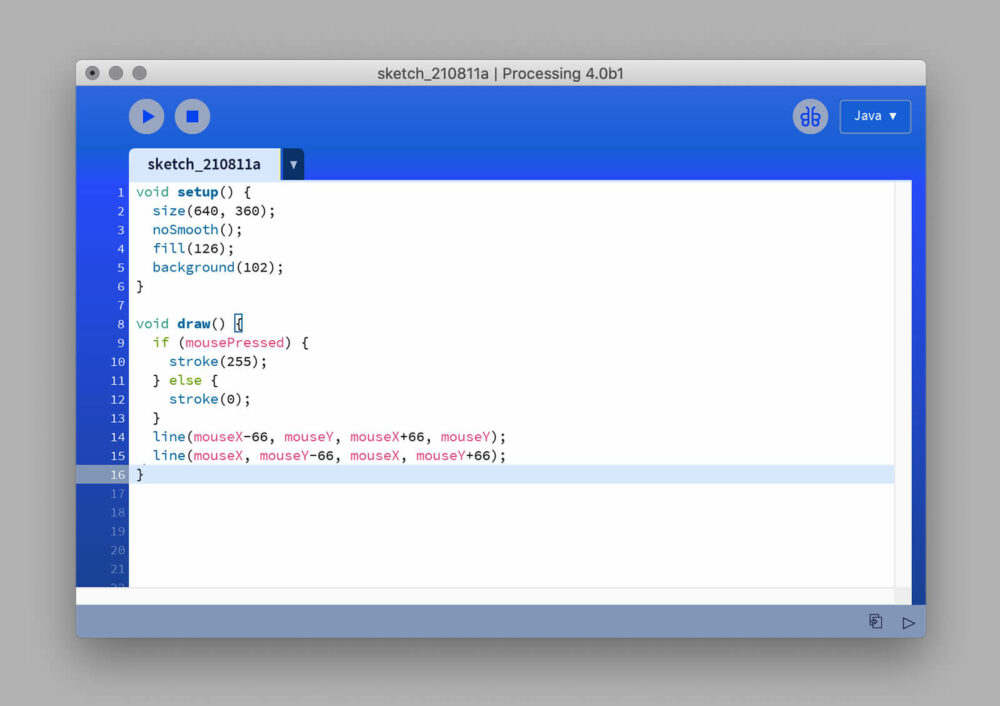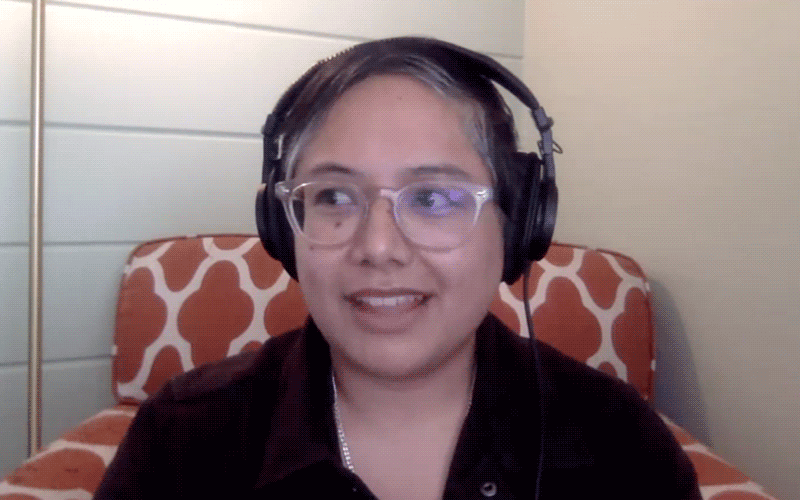Following the MUTEK Recorder conversation, Xiaowei shared the following recipe with HOLO readers.
RED-BRAISED PIG TAILS
In large scale hog farming, stressed piglets bite each others tails off. Pig tails are a delicacy in the age of genetically modified, industrial hog farming where pig tails are being engineered out.
Ingredients:
1/2 inch stick of licorice, 1 tbsp of ginger, minced finely, 2 cloves of garlic, minced finely, 1/2 stick of Chinese cinnamon (cassia bark), 1 tbsp green Szechuan peppercorns, 3 star anise, 1 tbsp sugar, 1 bay leaf, 1 cup of soy sauce, oil, 1 pig tail, 2 eggs, cilantro, scallions
Preparation
- First, make eggs (for ludan, or soy eggs), boil eggs for 7 minutes and 30 seconds. Remove from heat and immediately put eggs in a cooling ice bath. Peel eggs, set aside.
- Fill a large wok with water and bring to a boil. Place the pig tail in boiling water and poach the pig tail for a minute. Remove the scum that floats at the top of the water. Remove pig tail and set aside.
- Dump the water out from the wok, making sure to dry the wok. In the dry wok, pour some oil. Put the pig tail into the wok, along with 1/2 a tbsp of sugar. Turn the heat to medium to carmelize the pig tail on both sides. Remove the pig tail once exterior has turned brown.
- In the wok, keep the oil at medium. Add in the minced garlic and ginger. Stir for a few minutes, until ginger and garlic become fragrant.
- Put the oil, ginger, and garlic into a clay pot. Add the pig tail, the two peeled eggs and the rest of the spices: cinnamon, licorice, Szechuan peppercorn, anise and bayleaf. Add the other 1/2 tbsp of sugar and soysauce. Put clay pot on stove and cover. For a soft boiled egg with jammy yolks, don’t put the soft boiled eggs into the pot—use the seasoning liquid as a cold bath and steep the eggs in the soy sauce mixture for up to 2 hours.
- Simmer at medium just until slightly bubbling, then turn heat to a low simmer for up to 2 hours. The longer you simmer for, the more flavorful the meat and eggs will become.
- Remove tail and eggs from heat, plate and garnish with scallions and cilantro.
